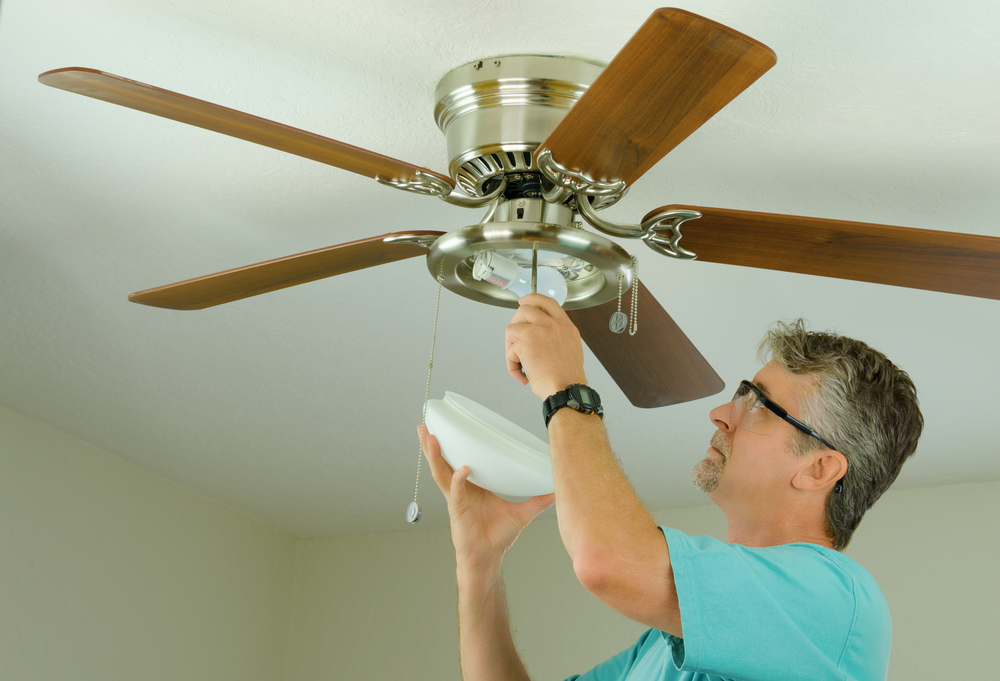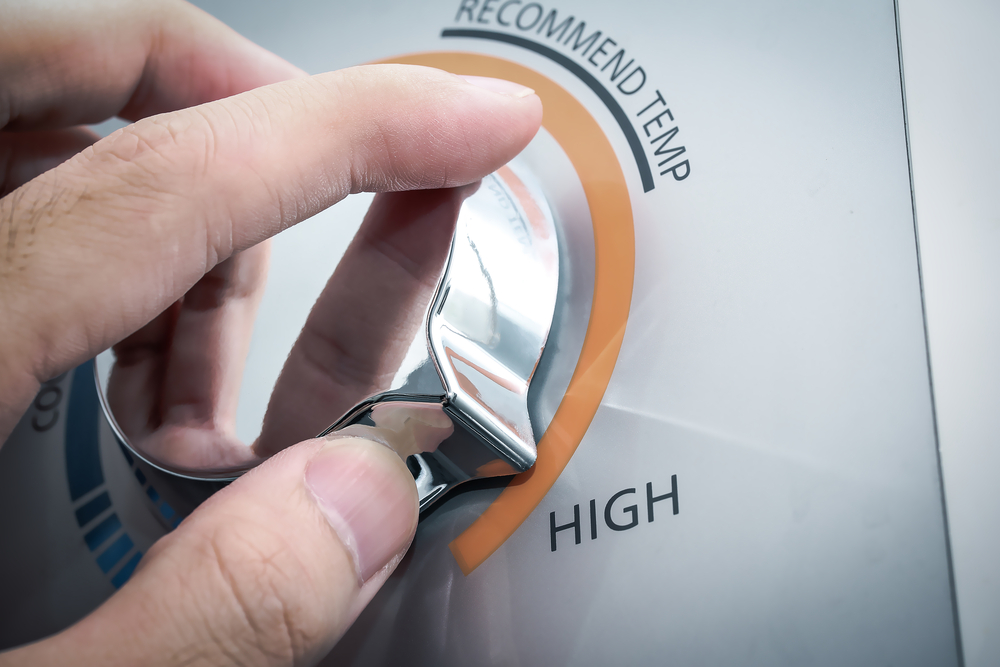10 Steps to Lower a High Electric Bill
Homes powered by electricity may leave homeowners with a jolt when an unexpectedly high bill arrives at the end of the month.
There could be many reasons for the soaring charges; perhaps extreme temperatures boosted heating and cooling needs. However, everyday bad habits also can lead to an increasingly high bill at the end of the month.
Wasting electricity happens easily, and homeowners might not even be aware of the waste—the phantom energy use—until that dreaded bill arrives. When charges exceed the budget comfort zone, what do you do?
Here are five ways to lower a high electric bill and help keep utility costs in check.

1. Utilize the Internet of Things
While the Internet of Things (IoT) encompasses a wide range of home tech, utilizing smart plugs and smart power strips can help you be more mindful of energy use.
One of the ways homeowners waste electricity is by leaving appliances, lamps, and other gadgets plugged into outlets and power strips. Smart plugs and smart powerstrips, however, are controlled by a phone or tablet, and technology allows you to turn off any item with just the touch of your screen.
Pull up your smart devices and you’ll see what’s turned and what is off. When you forget to unplug a light or appliance, just turn off the power strip or plug with your phone or device.
2. Gauge your electricity use (and waste!) with a home energy audit.
A home energy audit helps homeowners find sources of energy waste—including electricity. Use the Benefyd app to review the energy consumption in each room of your home. You may discover phantom energy waste where you least expect.
Once you determine where that jolt of electricity originated, you can start to be more proactive and mindful of your electricity usage.

3. Turn on the ceiling fan.
To save money, you may have to use a little electricity. Sound contradictory? Ceiling fans may help save money and cut your electricity usage by providing better air circulation in rooms.
This allows cold and warm air to be evenly distributed, so you may be able to use that HVAC unit a bit less. Ceiling fans are fairly easy to install, but if you don’t feel so handy, hire a pro.
4. Adjust the HVAC thermostat temperature.
Another way to help lower your monthly electricity bill is to adjust the thermostat on your HVAC unit. Setting the temperature a bit cooler in cool months and warmer during summer months may mean cost savings.
When extreme temps hit, adjusting the temperature to more moderate levels helps keep your unit from constantly kicking on. Even just a few degrees difference could make a difference.

5. Turn down the temperature on the hot water heater.
If your hot water heater is electric, you need to review the temperature settings. The Department of Energy recommends keeping the thermostat set to 120 degrees Fahrenheit.
If you nudge it any hotter, you may feel the burn…on your skin and your financial bottom line!

6. Use only LED light bulbs.
Incandescent light bulbs are obsolete, and they suck energy. Make sure all bulbs in your home are LED. Have a few fluorescent bulbs? Change those too! LED bulbs last longer and are much more energy efficient.
7. Wash full loads of dishes and clothing.
Loading the dishwasher or washing machine only half full is a way to waste water…and electricity, too. Always make sure loads are full. For clothing, wash your loads on the coolest setting possible.
8. Open the drapes!
The cheapest form of light is natural light. Instead of flipping on all those lamps, open up your shades or curtains. Let the sun work its magic! During cooler months, the bright sun may offer a bit of heat. Be careful in the summer, though, when the bright light may heat up your home and cause the HVAC to run more often.
You may even feel a bit happier when the sun shines.
9. Declutter your plugs and powerstrips.
Visit each room and check all the plugs in every outlet and power strip. Is there any appliance, device or gadget that is plugged in but isn’t in use? Pull those plugs!
If you are not using a device or appliance, you should not leave it plugged into an outlet or power strip. And never ever plug a power strip into a power strip (called “daisy chaining”)—that’s a fire hazard!
You might even discover that some gadgets aren’t even needed anymore. Take the opportunity to declutter and maybe even donate items you don’t need.
10. Call your utility company to inquire about special programs or rebates.
Some months–no matter how mindful you may be of electricity usage—end up more expensive than others. Even if you adjust your thermostat during summer, the major heat still may cause costs to soar.
If you find that you’re having difficulty with the cost of your electricity bill, contact your local utility company. They may offer programs that help you set the price of your monthly bill each month (budget billing) or offer other special programs that reward electricity use during off peak hours.
Rebates may be available, too, but if you don’t call, you’ll never know about savings potential!
Your monthly electricity bill could jolt you into a panic, especially if the numbers on that bill are far beyond what you budgeted. To keep future bills more manageable, take charge of the kilowatts you use in your home.
Conduct a home energy audit and see what rooms might be sucking the most electricity. Unplug unused devices and appliances, and declutter your home at the same time. Turning down the temperature on your water heater and adjusting the temperature on your HVAC also could help save money each month.
One of the easiest ways that homeowners can use less electricity is to embrace natural light. Before you flip a switch, open the drapes instead. That light may brighten your day, too. Take little steps and make small changes to nudge down that bill and jolt your finances back to life.



